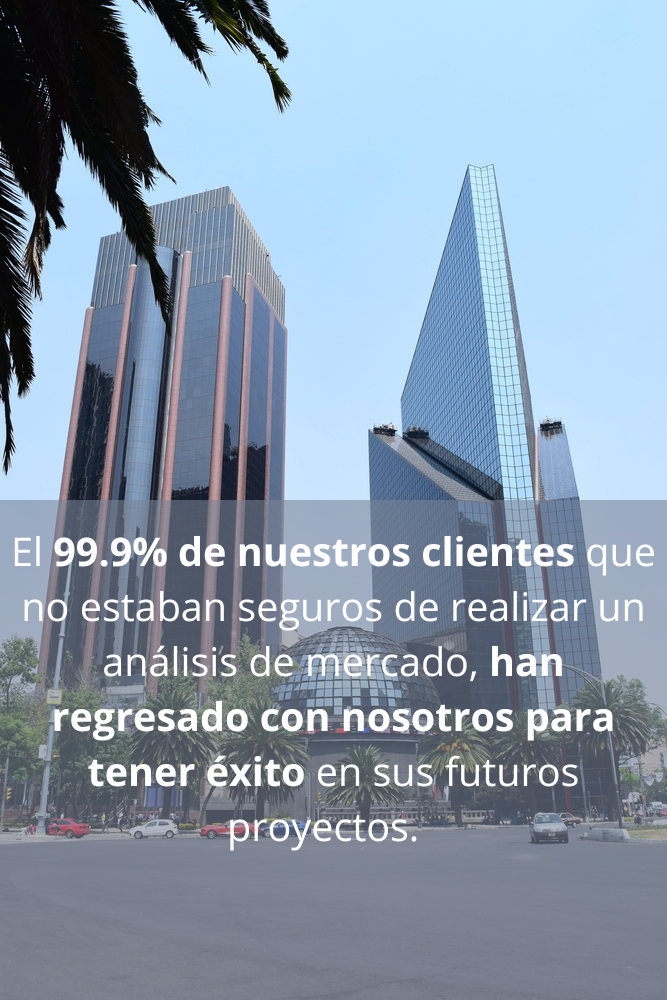One of the great current challenges on the planet has to do with the possibility of turning cities into poles of development, inclusion and sustainability, challenges that can be threatened by phenomena such as gentrification, a process that has been going on for several years in many cities around the world such as Paris, Medellín, Mexico City and Barcelona. Just to mention a few. Various opinions have been issued about this situation that appear in the media and in real estate market studies carried out by experts in real estate consulting.
What is gentrification?
Specialists in the area indicate that it is a process of urban transformation where the dynamics of the real estate market prevail over the right to property, by increasing the construction or rehabilitation of residential buildings, shopping centers and other entertainment, culture and sports spaces in areas with great added value, generally located in the central areas of cities.
It is important to understand that this is a process with multiple consequences related to the productivity of urban areas, the increase in the cost of rents and the sale of real estate, as well as the social gap that deepens among city dwellers derived from their economic capacities. In this way, the original residents of these areas are forced to move or move to the suburbs, where prices are more affordable, while the sectors of the population with greater economic capacity appropriate these urban spaces, generating a strong demand in the real estate market.
What has happened in LATAM and Mexico with gentrification?
In recent years, real estate investment in LATAM has increased exponentially in different cities in Latin America. The cases of residential areas or neighborhoods such as Lastarria in Santiago de Chile, Chapinero in Bogotá, Palermo in Buenos Aires and, in the case of Mexico City, the sectors of the Roma, La Condesa, San Pedro de los Pinos, Escandón and other neighborhoods where rents have soared well above inflation are well known.
It is estimated that in Mexico an average of 20,000 people have been “expelled” or have had to leave the capital annually to migrate to other areas further away from the city, which makes the transfer to their jobs or occupations even more complicated.
The Ministry of Economic Development has reported that in the first half of 2023 in the real estate sector in Mexico there was an increase of 13.63% specifically in the price of housing rentals, so average prices went from 13,726.69 pesos per month in the first half of 2022 to 15,597.76 pesos per month in the same period of 2023. However, we know that there are areas in Mexico City where the percentage increase is much higher than the average rental of homes, such as the rental price of apartments in Colonia Condesa, where it has increased by 66% in the last 24 months.
When analyzing by zones or by mayors of Mexico City, we have that the Cuauhtémoc mayor’s office was the one that had the greatest increase in rental costs with a 34.5% increase, followed by Benito Juárez with 16.3%, then the Azcapotzalco mayor’s office, with a 12.1% increase, according to information from the Ministry of Economic Development on the first half of 2023. In this regard, real estate market studies lead us to conclude that the expectations of some population groups about living in central areas are diminished.
It is important to add that this phenomenon is also linked to the arrival of “digital nomads”, which are foreigners who settle in a certain city to work remotely. To get an idea of what it can mean for Mexico, the Ministry of the Interior (SEGOB) reported on the entry into our country of almost 75,000 foreigners who have U.S. passports, only in the months of January and February of this year. This number represents an increase of 85% compared to the same period in 2022, whether they enter as tourism or as digital nomads.
New Trends and Challenges of Gentrification
In concrete terms, we know that the negative consequences of gentrification fall on the displaced population. The other side of the coin of this process is the generation of economic resources, the improvement of services and the consolidation of cities in terms of infrastructure and urban furniture, allowing these areas to be more attractive for investment in real estate, whether residential, commercial or corporate.
Against this backdrop, what are the opportunities to minimise the impact of this transformation? The first point or priority is focused on the need to retain the population that already lives in these areas through the improvement and restoration of homes that are deteriorated, in addition to promoting social policies and microcredits that support the concept of small entrepreneurs for income generation.
It can also be of great importance to promote redistributive economic policies so that the resources generated by gentrification can be invested for the recovery of other places located in the periphery.
Conclusions
Gentrification will continue to drive business models such as the rental of homes and commercial premises, as well as short-term accommodation. The key lies in finding a balance between economic development and social inclusion, allowing cities to thrive in ways that are sustainable and fair for all.
To delve into all aspects directly related to the real estate sector in Mexico and, specifically, to the housing subsector, CREA, real estate consultants, makes available the Institutional Housing Report, which includes: projects in the main metropolitan areas of Mexico, the number and status of housing developments for institutional rent by state and macroeconomic indicators and public policies that impact metropolitan areas.
Our solutions are aimed at offering financial studies and real estate market studies, which allow investors and developers to have a return on investment in less time and increase their profits.



